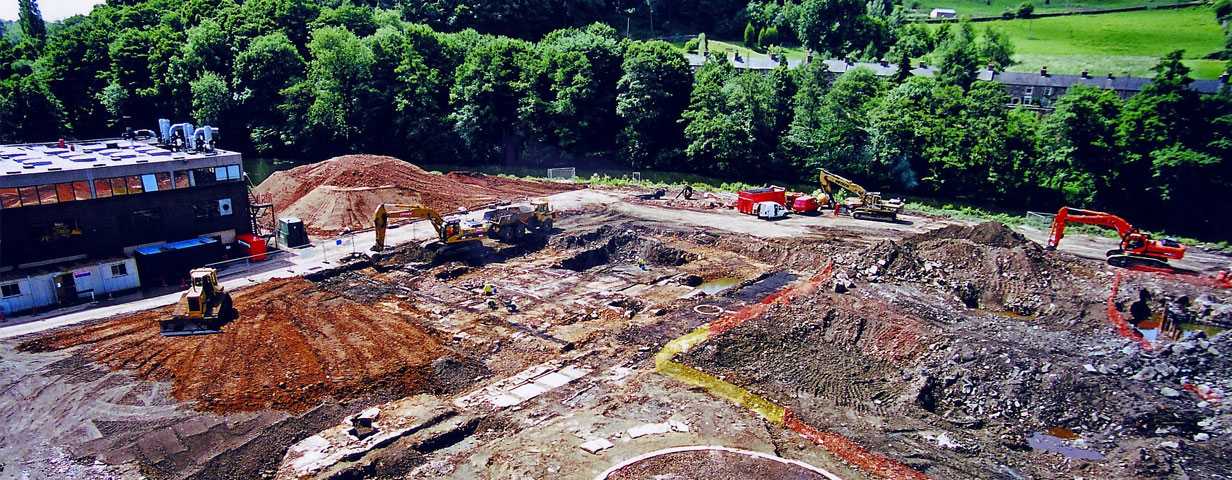
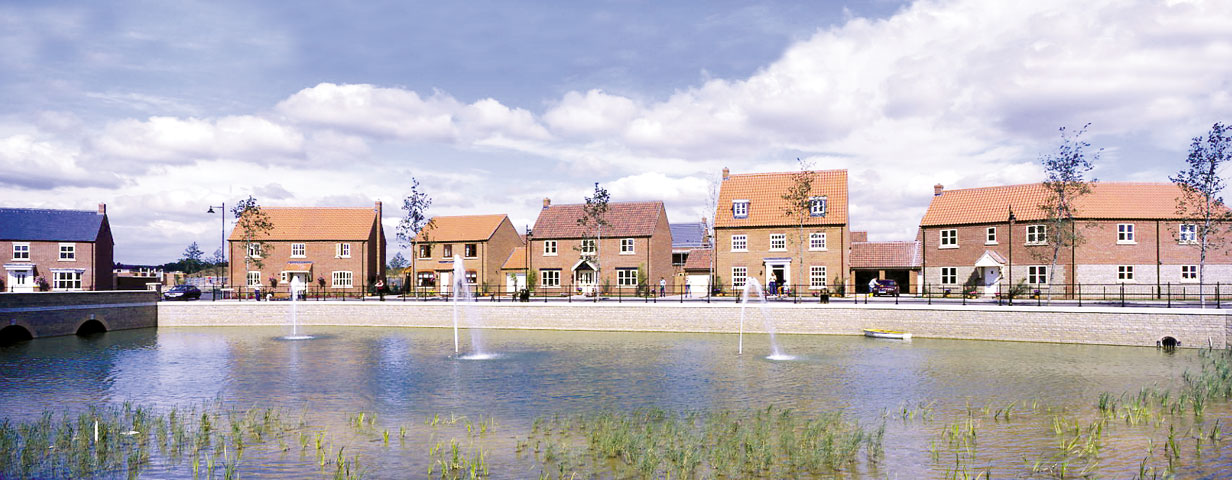
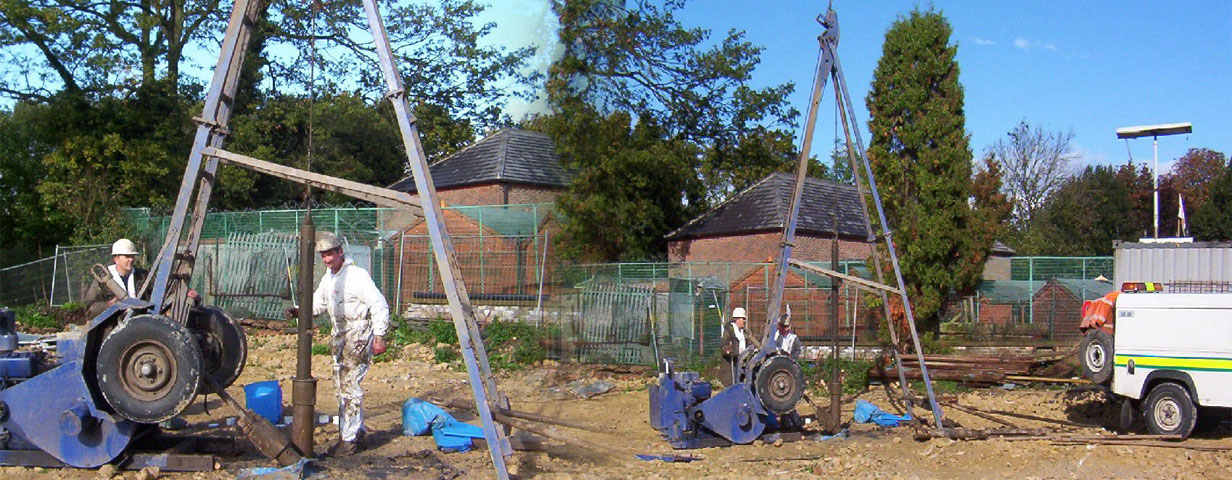
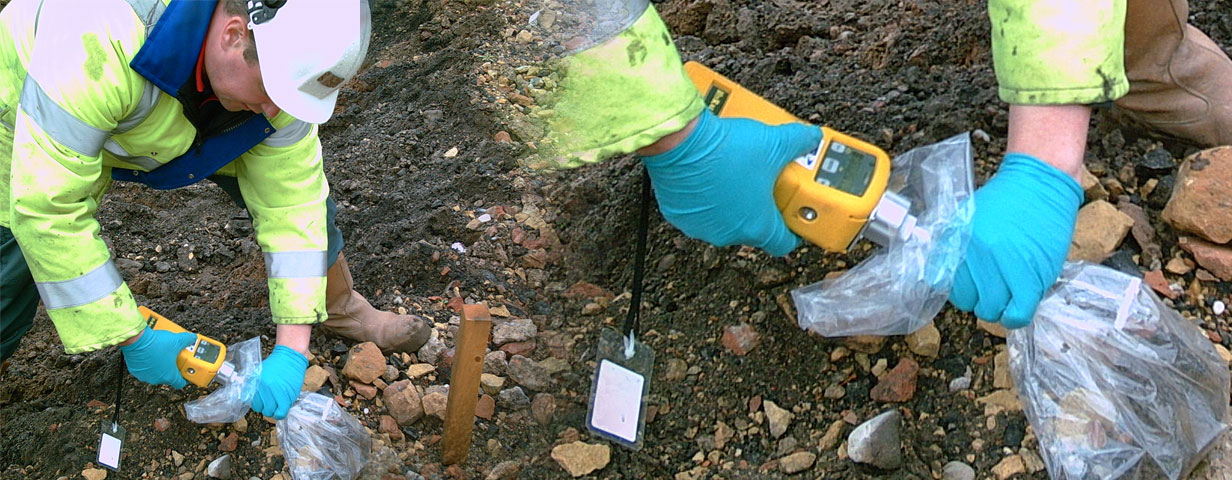
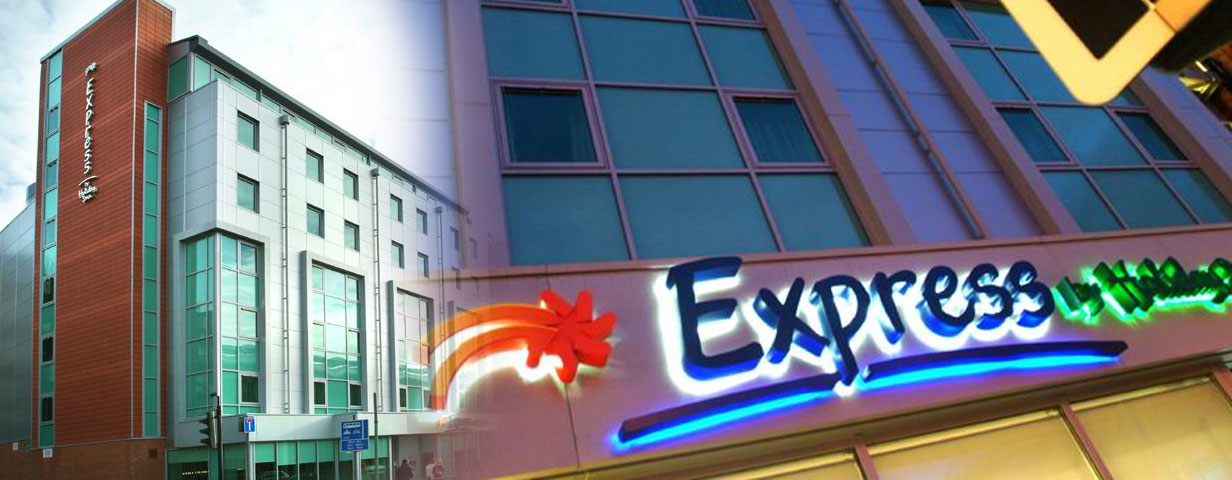
Ground Gas Risk Assessment
If a risk from ground gas is identified during the desk study, ground gas monitoring wells can be installed within selected boreholes. A select number of monitoring visits, dependent on the identified level of risk and the proposed development, should be undertaken. Ground gas levels can be affected by prevailing weather conditions.

